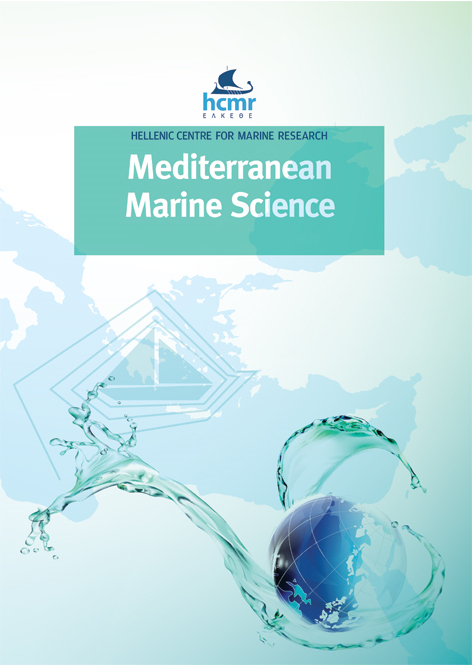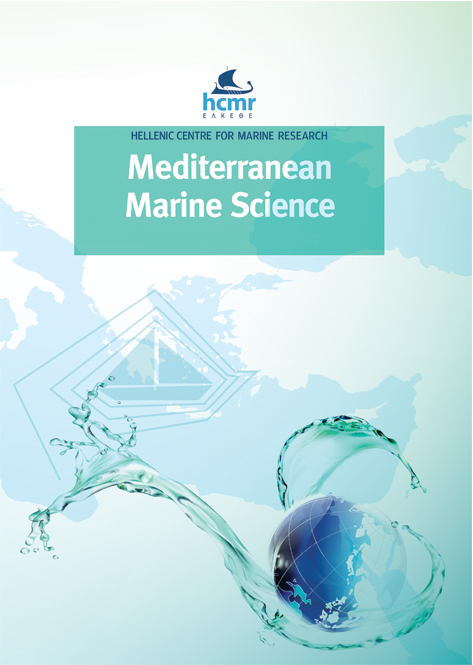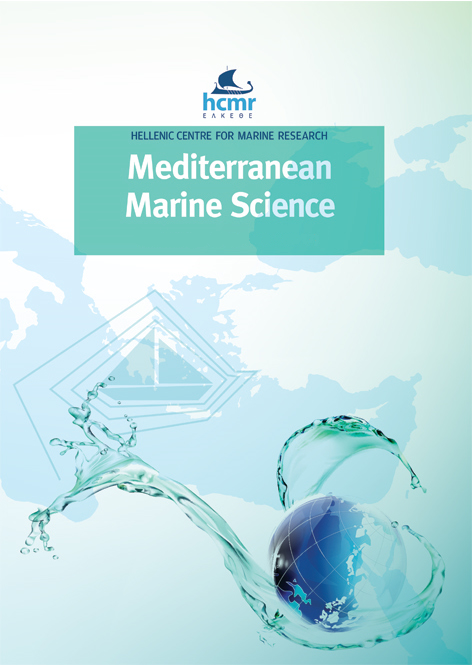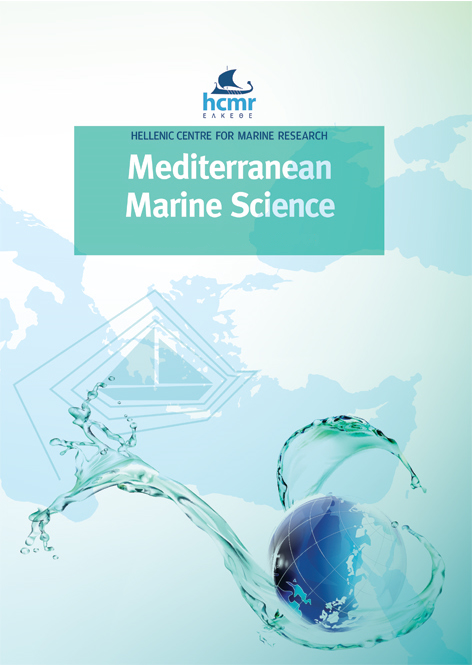Preliminary assessment of methanogenic microbial communities in marine caves of Zakynthos Island (Ionian Sea, Greece)
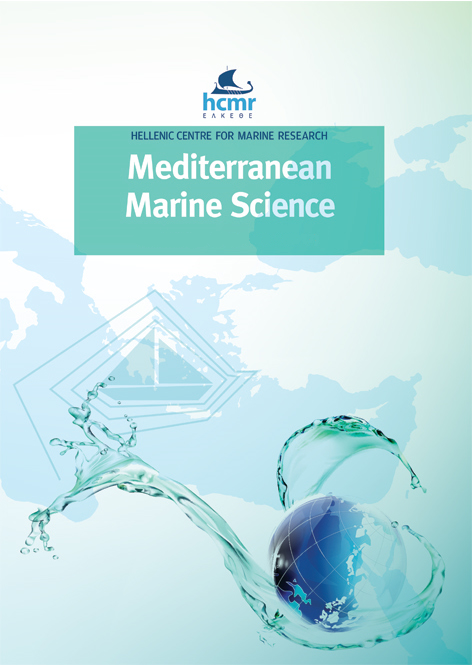
Abstract
Mediterranean marine caves remain largely unexplored, while particularly limited information is available about the microbial life existing in these unique environments. The present study is a preliminary assessment of the composition of the active anaerobic microbial community colonizing the walls of newly explored systems of underwater caves and small cavities in Zakynthos Island. The interior of these caves is densely coated with egg-shaped, foam-shaped and filamentous biological structures that are characterised by a strong odor of hydrogen sulfide gas. A total of twelve structures scrapped from cave rocks were subjected to anaerobic cultivation for up to 208 days. Strong to moderate methanogenesis was observed in two different types of egg-shaped structures and one foam-like structure. Interestingly, this was observed in experiments that were performed at room temperature (i.e. 25oC) which is substantially lower than those typically considered optimum for methane production (e.g. 35oC). Analysis of the 16S rRNA genes revealed a clear dominance of archaea and bacteria closely related to known methane producers and sulfate reducers, including members of the families Methanomicrobiaceae, Desulfobulbaceae, Desulfobacteraceae, Desulfuromonaceae, Campylobacteraceae, Marinifilaceae, Clostridiaceae, Incertae Sedis – Family I & II. These results show that Mediterranean marine caves can host members of archaea and bacteria with potential biotechnological interest that deserve further investigation.
Article Details
- How to Cite
-
POLYMENAKOU, P., MANDALAKIS, M., DAILIANIS, T., DIMITRIADIS, C., MEDVECKY, M., MAGOULAS, A., & GEROVASILEIOU, V. (2018). Preliminary assessment of methanogenic microbial communities in marine caves of Zakynthos Island (Ionian Sea, Greece). Mediterranean Marine Science, 19(2), 284–289. https://doi.org/10.12681/mms.14374
- Issue
- Vol. 19 No. 2 (2018)
- Section
- Short Communication
Authors who publish with this journal agree to the following terms:
- Authors retain copyright and grant the journal right of first publication with the work simultaneously licensed under a Creative Commons Attribution Non-Commercial License that allows others to share the work with an acknowledgement of the work's authorship and initial publication in this journal.
- Authors are able to enter into separate, additional contractual arrangements for the non-exclusive distribution of the journal's published version of the work (e.g. post it to an institutional repository or publish it in a book), with an acknowledgement of its initial publication in this journal.
- Authors are permitted and encouraged to post their work online (preferably in institutional repositories or on their website) prior to and during the submission process, as it can lead to productive exchanges, as well as earlier and greater citation of published work (See The Effect of Open Access).





